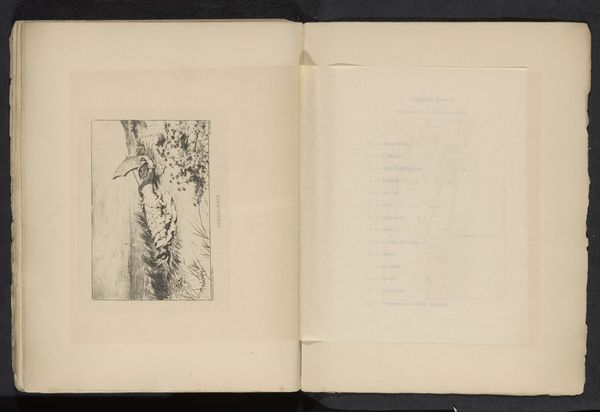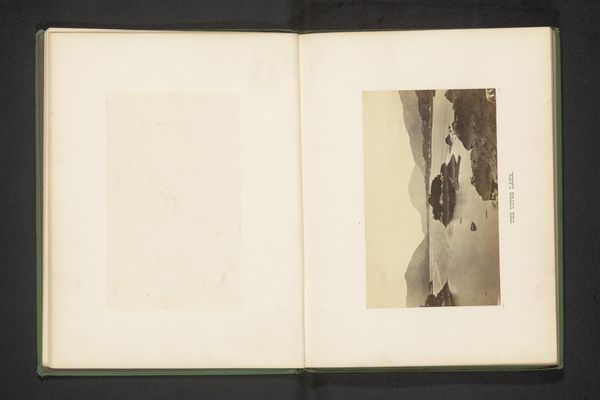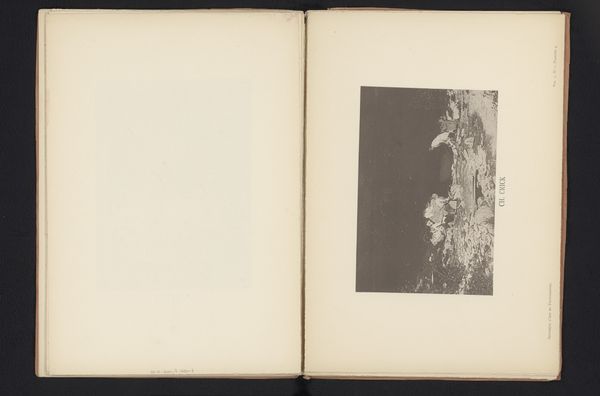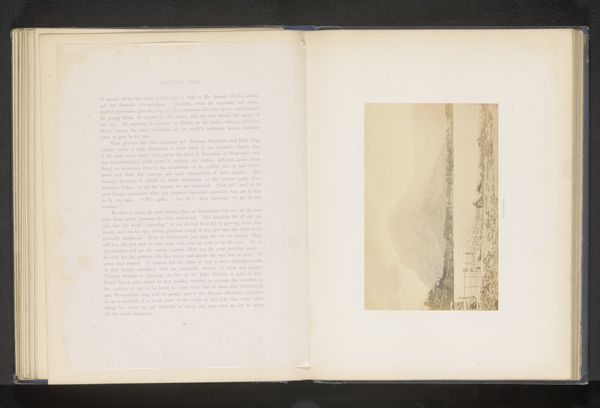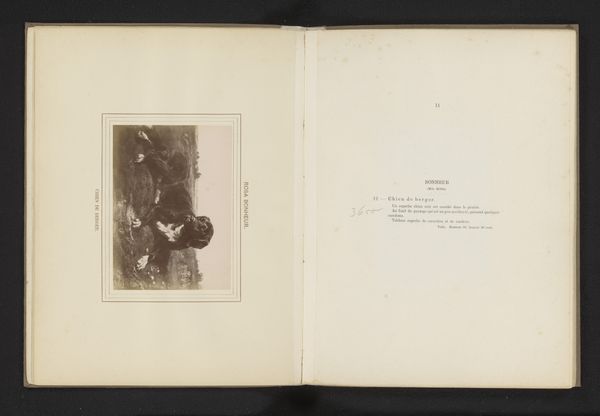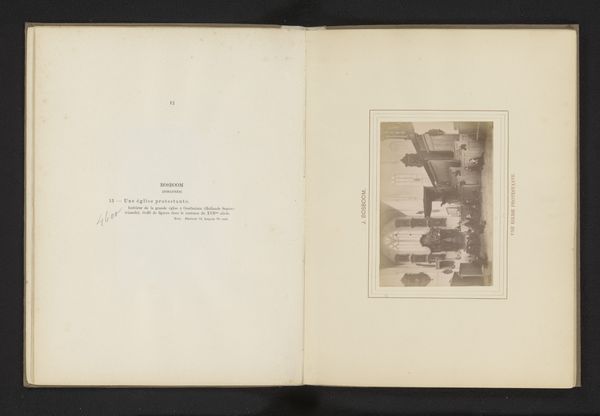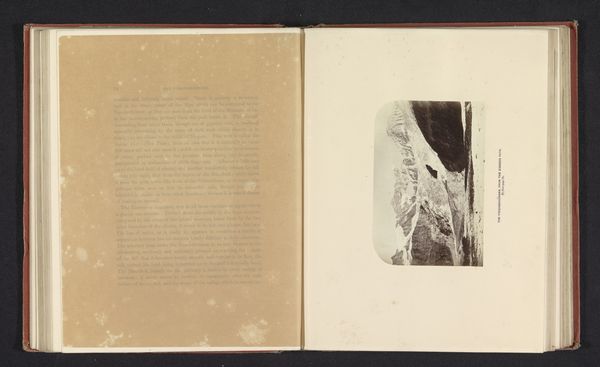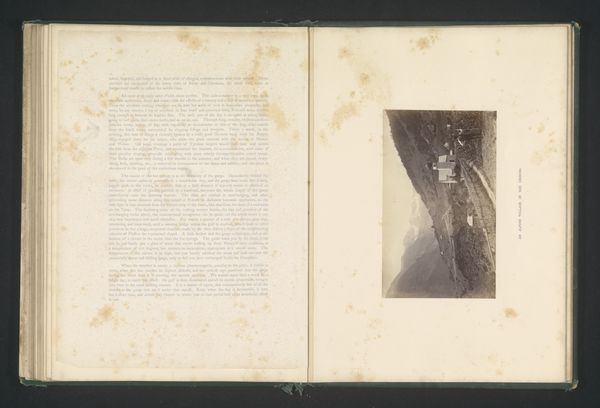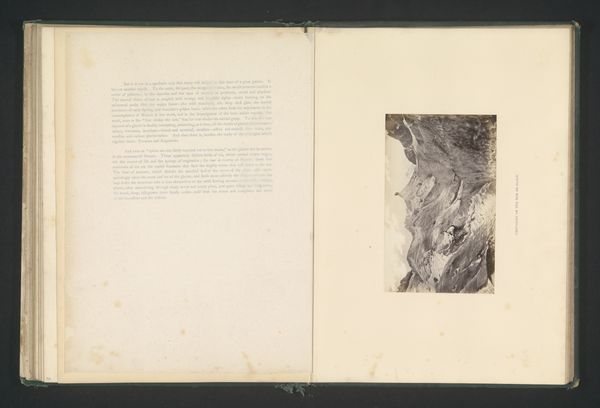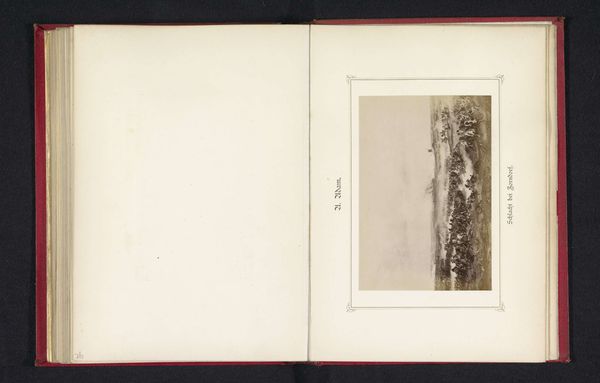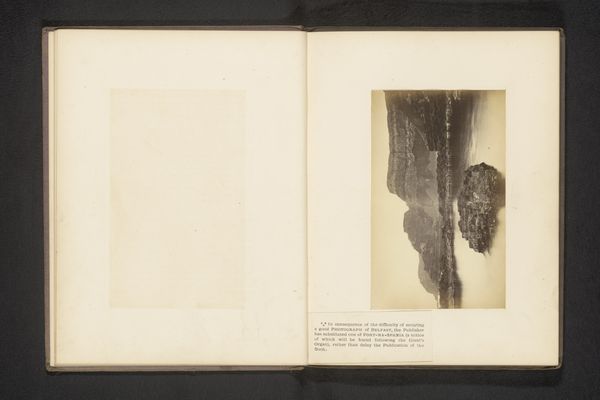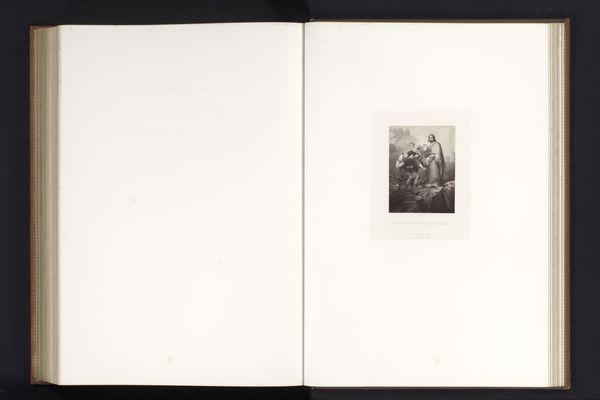
print, photography, albumen-print
# print
#
landscape
#
photography
#
albumen-print
Dimensions: height 56 mm, width 88 mm
Copyright: Rijks Museum: Open Domain
Curator: This is “Gezicht op Zermatt,” a landscape print from before 1868 by Louis Ghémar. It is presented as an albumen print. Editor: Stark, and imposing. The tonal range of this print evokes an immediate sense of austere majesty. I'm struck by how the composition leads the eye upwards along the rocky forms, drawing one into its impressive verticality. Curator: Ghémar was a fascinating figure in 19th-century photography. Operating primarily in Belgium, he built a career on portraiture and, interestingly, documentation. Prints like this show an interesting intersection of art and commerce during that period as views of Zermatt became highly marketable souvenirs for tourists and visitors. Editor: You know, observing the sharp detail captured through the albumen print process highlights a particular quality. It emphasizes an almost hyper-realistic portrayal that elevates its symbolic impact, representing an idealized, almost sublime version of the natural world, set against a society eager to possess these sorts of images. Curator: Exactly, this process wasn’t about mass production in the way we understand it now, although it did make images more accessible than older technologies permitted. There was a whole cottage industry around creating and distributing these types of photographs. Consider the labor, the chemistry, the craft required to produce these albumen prints in the context of industrializing Europe, this piece raises interesting questions about artistry in a rapidly changing world. Editor: Yes, and even in this context of mass production we can focus our gaze to examine artistic intent, appreciating how the artist used techniques to manipulate light and shadow, creating depth to enhance the image’s structure. I think the near-monochromatic palette focuses the viewer's attention on pure form and texture of stone, cloud, and light—elements the eye returns to again and again. Curator: It speaks volumes about the social conditions and economic opportunities created through art, photography, and printmaking at that specific point in history, offering a glimpse of leisure, travel, and a public eager to collect such scenes. Editor: A valuable lesson that aesthetic appreciation benefits from grounding artistic expression with both technique and societal perspective.
Comments
No comments
Be the first to comment and join the conversation on the ultimate creative platform.
